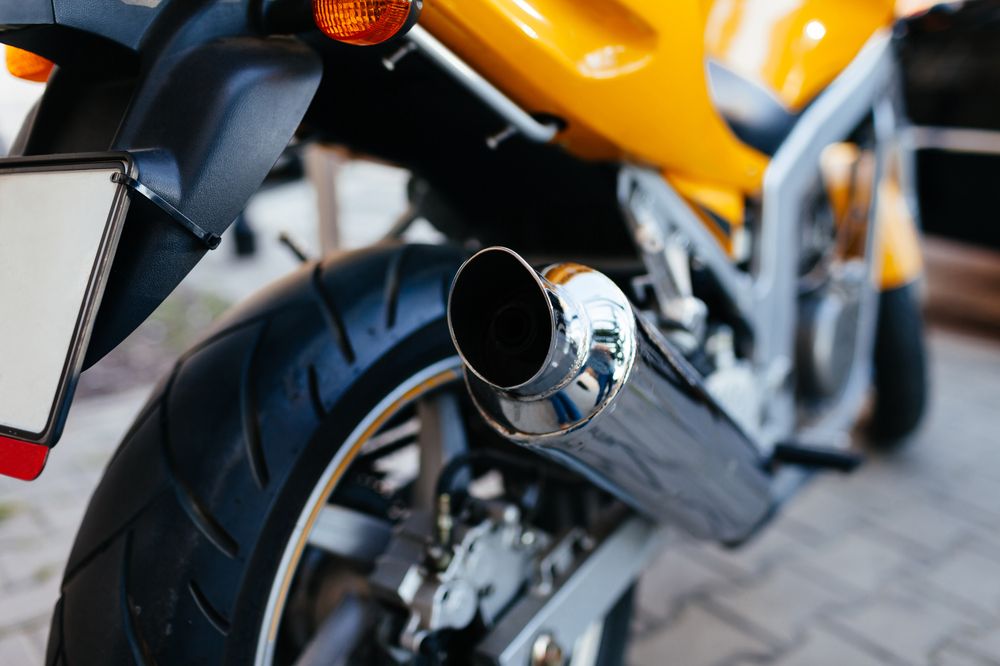Protecting Riders, Passengers and the Public from Exhaust Burns
Scotland, United Kingdom
Whilst biking can be a very safe way to travel for those who ride responsibly, there's no doubt that it comes with a plethora of potential risks and hazards. Of course, most people's thoughts would turn to major incidents such as crashes, but there are also several less-severe ways to injure yourself with a bike - particularly if you ride regularly.

One hazard that catches many people out is exhaust burns, caused when you accidentally touch a non-protected part of your body against an exhaust pipe that is hot from riding. While it might not be one of the most dangerous elements of biking, exhaust burns are one of the leading causes of injury for bikers. It's not just the rider at risk either - exhaust burns can happen to passengers (who will be sitting nearer to the exhaust), or to members of the public, particularly when the bike is parked up.
So how can you avoid exhaust burns? Of course, wearing protective leathers is a great place to start, but this won't always apply to passengers, and rarely to those who might come into contact with a parked bike. With that in mind, the best way to avoid the hazard is to wrap the exhaust, preventing the heated metal from coming into contact with non-protected skin.
However, you can't just wrap the exhaust in any cloth you find in the garage. The heat generated by exhaust pipes is sufficient to potentially cause ordinary cloth to catch fire, putting the rider at risk. You need to opt for specially designed, heat-resistant textiles, which can deal with the heat without presenting a risk of fire, or allowing the heat to pass through the material.
Specialist exhaust wraps are made from special webbings and materials, allowing them to withstand incredibly high temperatures. These materials are tested according to Integrity and Insulation, in the same way fire resistant glass is tested. They are also tested for thermal conductivity, ensuring the wraps do not pass the heat on to riders, passengers or members of the public.
You must be logged in to comment
Login now